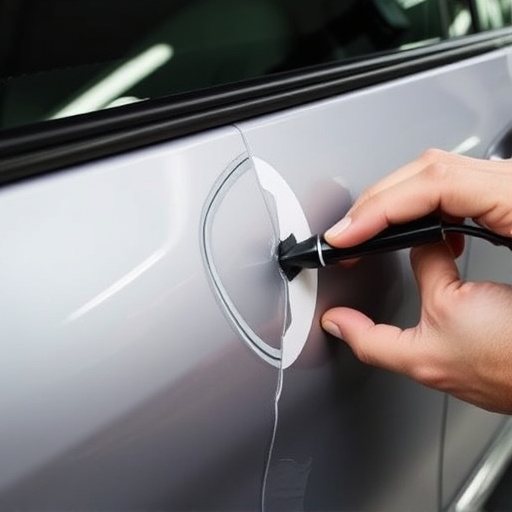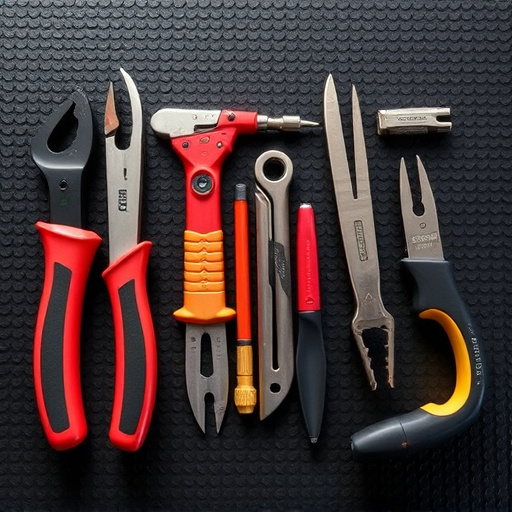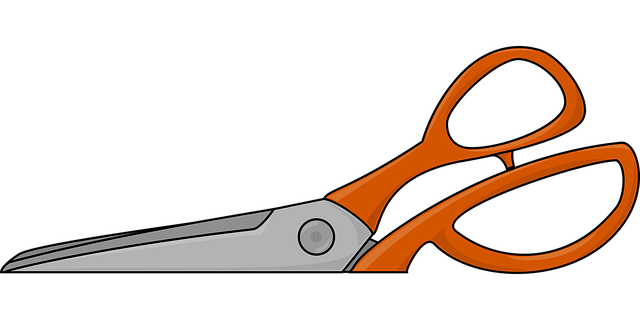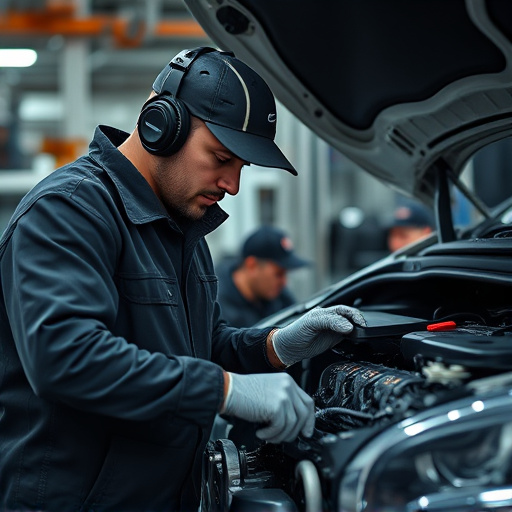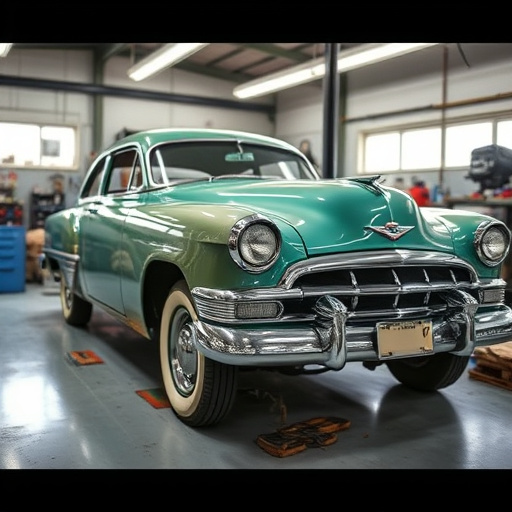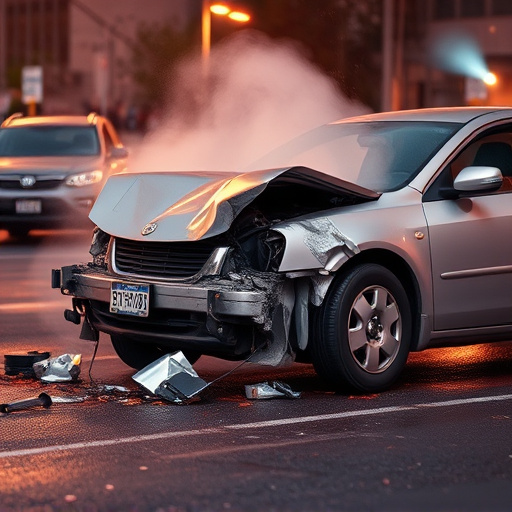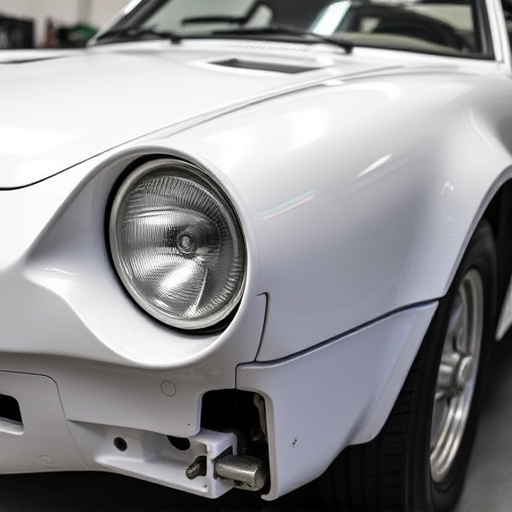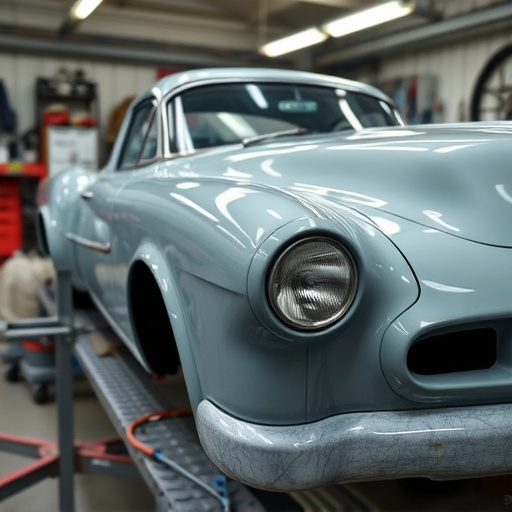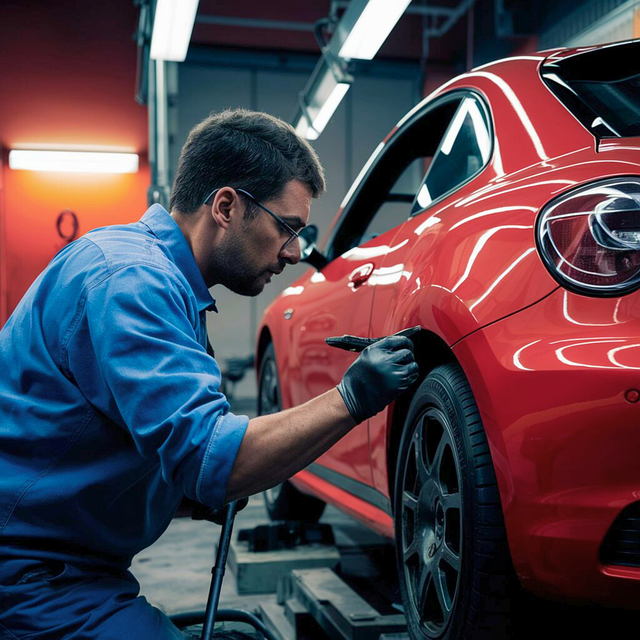In auto detailing and collision repair, composite material replacement is key for achieving durable, precise results using modern materials like body panels and fenders. Skilled technicians remove damaged parts, prepare surfaces, and apply matching composites, focusing on paint matching for a seamless finish. Best practices include understanding material properties, using suitable tools, cleaning/sanding/priming surfaces, and avoiding common pitfalls. Following recommended guidelines ensures successful composite replacements that match the original virtually indistinguishable.
“In today’s world of construction and renovation, composite material replacement is a game-changer. This comprehensive guide delves into the fundamentals of replacing composite materials, focusing on understanding their unique properties. We’ll explore essential tips for accurate paint matching, ensuring your new installations seamlessly blend with existing structures.
Furthermore, we’ll uncover best practices and highlight common pitfalls to avoid, providing a valuable resource for professionals and DIY enthusiasts alike in navigating the process efficiently.”
- Understanding Composite Material Replacement: The Basics
- Tips for Accurate Paint Matching When Replacing Composites
- Best Practices and Common Pitfalls to Avoid During the Replacement Process
Understanding Composite Material Replacement: The Basics
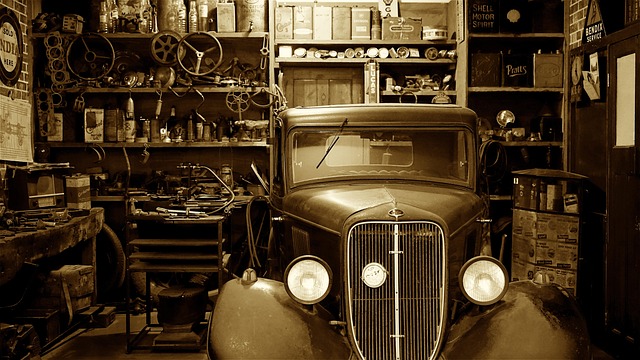
When it comes to composite material replacement, understanding the basics is crucial for achieving precise and durable results in auto detailing or collision repair services. Composite materials, commonly used in modern automotive manufacturing, consist of a combination of two or more substances with distinct properties, creating a stronger and lighter alternative to traditional metals. These materials can be found in various components like body panels, fenders, and doors.
Replacing composite parts requires specialized knowledge and techniques. The process involves carefully removing the damaged or old material, preparing the surface, and then applying a suitable composite material that matches both the physical properties and aesthetic appearance of the original part. Auto body shops offering collision repair services must have skilled technicians who can expertly handle these replacements, ensuring not just structural integrity but also maintaining the vehicle’s overall aesthetics in auto detailing.
Tips for Accurate Paint Matching When Replacing Composites
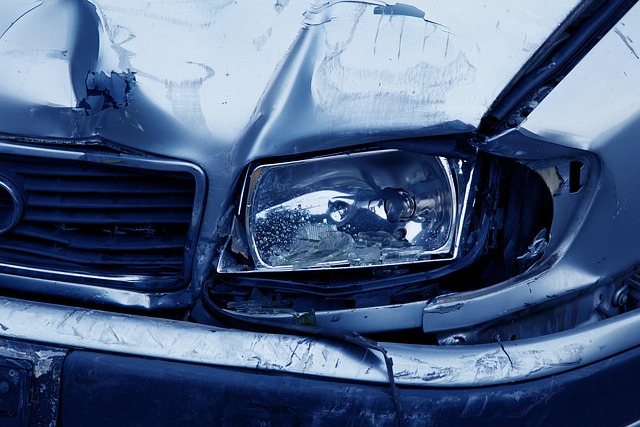
When replacing composites with similar materials, accurate paint matching is crucial for a seamless finish. Start by gathering detailed information about the original composite type and its specific paint code or shade. This data will serve as your benchmark during the replacement process.
At the car body shop or automotive repair facility, consult with experienced technicians who can assist in identifying the correct composite material to be used, ensuring it matches the original in terms of composition and color. For instance, when repairing or replacing auto glass, the new glass should precisely match the old in terms of tint, reflectivity, and visual clarity for a professional finish that blends seamlessly with the existing vehicle components.
Best Practices and Common Pitfalls to Avoid During the Replacement Process

When replacing composite materials on vehicles, it’s crucial to adhere to best practices for optimal results. First and foremost, ensure a thorough understanding of the material properties and characteristics of the composite being replaced. This knowledge is key to selecting appropriate tools, adhesives, and finishing products. Proper surface preparation is another critical step; this involves thoroughly cleaning, sanding, and priming the area to achieve a seamless finish.
Avoiding common pitfalls is equally important. One major mistake to steer clear of is using incompatible materials or techniques, which can lead to poor adhesion, bubbling, or other cosmetic issues. Additionally, rushing through the process can result in imperfect alignments or oversights that compromise the structural integrity and aesthetic appeal. Remember, meticulous attention to detail, patience, and adherence to recommended guidelines from auto repair services or auto body services will ensure a successful composite material replacement with paint matching results that are virtually indistinguishable from the original.
When undertaking composite material replacement projects, a keen eye for detail and a methodical approach are key. Mastering paint matching techniques ensures seamless integration, while understanding common pitfalls allows for smoother, more effective replacements. By adhering to best practices, you can achieve professional results, enhancing the aesthetics and longevity of your structures. For all things related to composite material replacement, these tips serve as a robust starting point.



